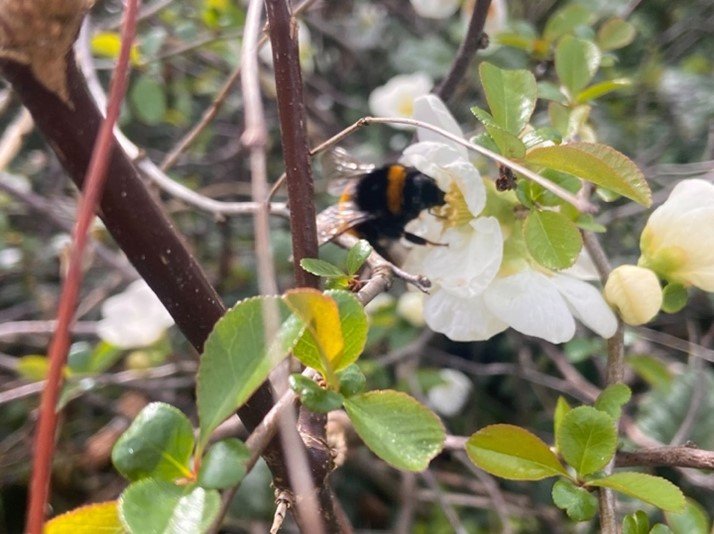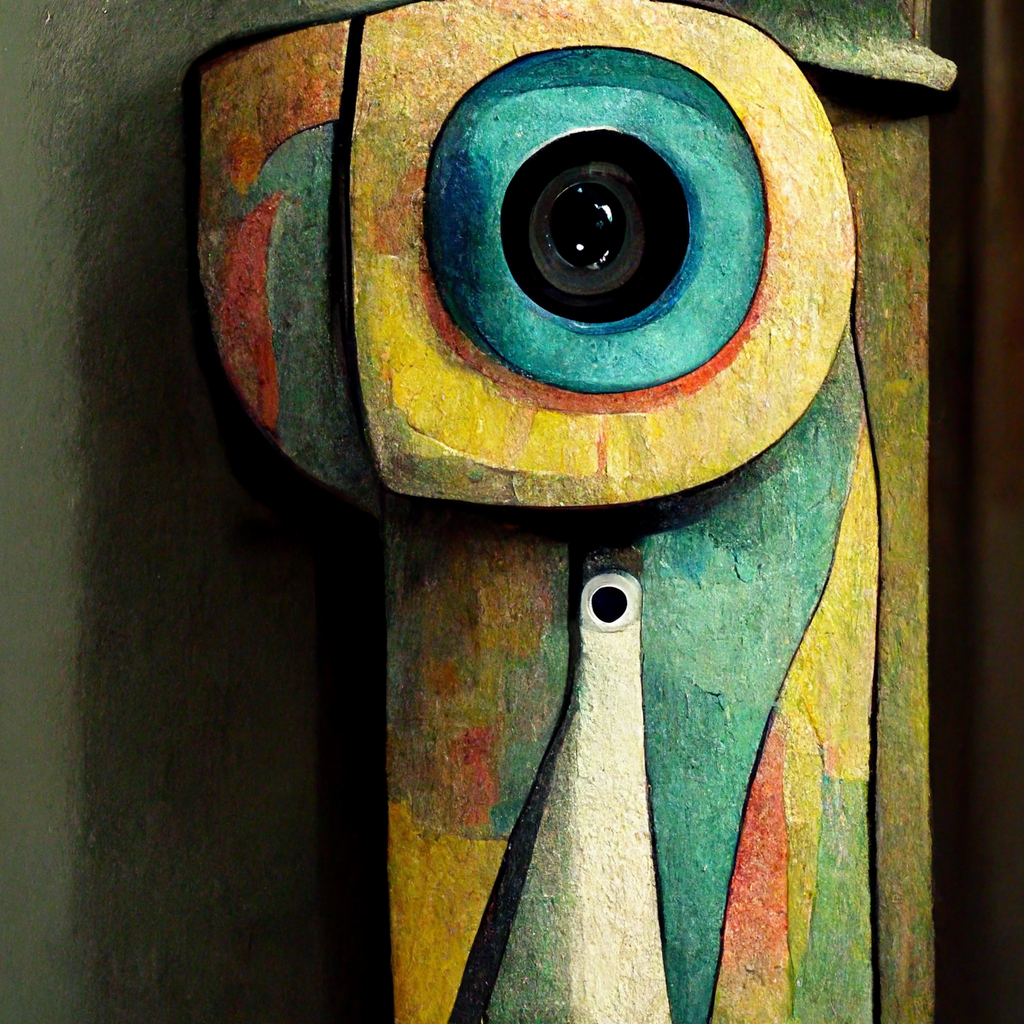Creative Approaches to Biographical and Life History Interviews
by Nadia Von Benzon
In April 2021 we highlighted a new book, Creative Methods for Human Geographers, which is relevant to our December 2022 focus on Creative, Arts-Based, and Visual Methods. Use the code MSPACEQ422 for a 20% discount valid until December 31, 2022.
In this post we introduce you to creative methods to be used in conjunction with biographical or life history interviews. While biographical interviewing has a long history, creative approaches are a more recent development. This post focusses on creative techniques for both eliciting memories and for working with participants to construct representations of their life stories. See the related post, "Creative Methods for supporting social science students in qualitative remote research" by Nadia Von Benzon.
What are creative biographical methods? Why use them?
As we discuss in our chapter in Creative Methods for Human Geographers, creative methods are used in biographical and life history interviews to elicit memories and to generate data in different ways than the conventional biographical interview. Examples include photo and object elicitation as well as participant-generated drawings, maps and timelines. These techniques enable researchers to explore moments, events and experiences that research participants understand to have been important in their lives from new vantage points. Asking participants to share photos from their personal collections or objects from their everyday lives can help to ground the interview dialogue in the particular – memories of specific moments, events or stories that may not originally surface in the interview but that are nevertheless meaningful to the process of constructing the participant’s biography or life history. Moreover, as qualitative researchers like Anna Bagnoli have pointed out, asking participants to draw a visual representation of their life story gives them a more active role in the research and decreases the power imbalance between interviewer and interviewee.
Eliciting memories
Photo and object elicitation are used in interviews to gather more detailed and nuanced data. More specifically, these techniques encourage participants to move away from general and totalising descriptions toward accounts that are grounded in the particular details of their lives. Interviews involving photo elicitation rather than just a spoken conversation facilitate and augment the process of remembering. In Laura Fenton’s research on women’s drinking biographies, that is, their narrative accounts of their encounters with alcohol throughout their lives, participants were asked to choose a few photos from each period of their lives (e.g. childhood, adolescence, etc) that they felt represented that time of their lives. This photo elicitation activity achieved its desired aims of supporting participants to remember elements of their pasts in greater detail. For example, after looking at photos of members of a youth group to which she belonged as a teenager in the 1960s, Paula’s (all participant names are pseudonyms) account of her youth become more detailed and vivid than it had been in the interview up to that point. Rather than characterising her time in the group in a general way – along the lines of a blanket statement like “It was fun” - she was better able to recall and describe in a more fine-grained way a particular trip she had taken with the group during which she had experimented with alcohol for one of the first times in her life.
Object elicitation is similarly a technique used to anchor participants’ life stories in the material realities of their day-to-day lives and to evoke sensory memories. In Fenton’s study mentioned above, participants were asked to choose a few objects from their day-to-day routines around alcohol, such as a bottle opener, a favourite glass or a bottle of their favourite drink. Through engaging with objects participants became more descriptive and vivid in their accounts than they often were in interviews that used talk alone. In her interview, Hannah chose an object related to her second marriage, namely a bottle of champagne that she was saving for an upcoming wedding anniversary. During this part of the interview, Hannah became more animated and began to reflect on how drinking alcohol had taken on different meanings in the context of her second marriage, as her first husband had been dependent on alcohol. The centrality of intimate relationships to Hannah’s drinking biography became more readily apparent than it otherwise might have become if objects had not been used in the interview.
Photos and objects can transport people to specific moments in their lives. Sometimes the moments in question are difficult or challenging ones. Elicitation techniques should therefore be used with care and sensitivity.
Working with participants to construct representations
Instead of, or in addition to, asking participants to bring photos or objects to the interview, the researcher can also make time in the interview for generating visual representations of the participant’s biography. The most common method here is life charts (sometimes called life grids, life-lines or timelines). A life chart exercise asks the participant to map (draw) important events in their life on a piece of paper as part of, or embedded in, a qualitative interview. This can follow a more or less structured approach – leaving the task largely up to the participant, as in conventional biographical or life history research, or use predefined topics such as family life, education, work and leisure.
In Signe Ravn’s longitudinal, qualitative research with young women with interrupted formal education, she was interested in participants’ past, present and imagined futures. In the first interview she therefore used a life chart in conjunction with Rachel Thomson and colleagues’ concept of ‘critical moments’ to explore what the participants saw as defining and important moments in their lives for who they were today. A key strength of this method is that it lets participants define what they see as such critical moments, instead of assuming that normative life course events such as transitioning from primary to secondary education or moving out of home are the most important events. One example of this is Bella, who was 21 years old. Asked to draw a life chart of important events in her life, she emphasised her ballet hobby which had been a staple in her life growing up. She also included persistent mental health problems which had been following her for many years and affected how she saw herself today. These are examples of events that the interviewer might not have been able to ask into without the life chart exercise.
The timeline is not only helpful for generating an understanding of how participants make sense of events in their lives, but also for getting a sense of the broader context of the participant’s life, the context in which these events are given meaning.
Conclusion
Working creatively with life histories and biographical methods can add greater depth and new insights to the research process. It is, however, important that researchers are aware of the potential ethical challenges that may come from using methods that may provide more emotional and personal responses.
















Sometimes taking a break from the keyboard to write by hand unleashes creativity.